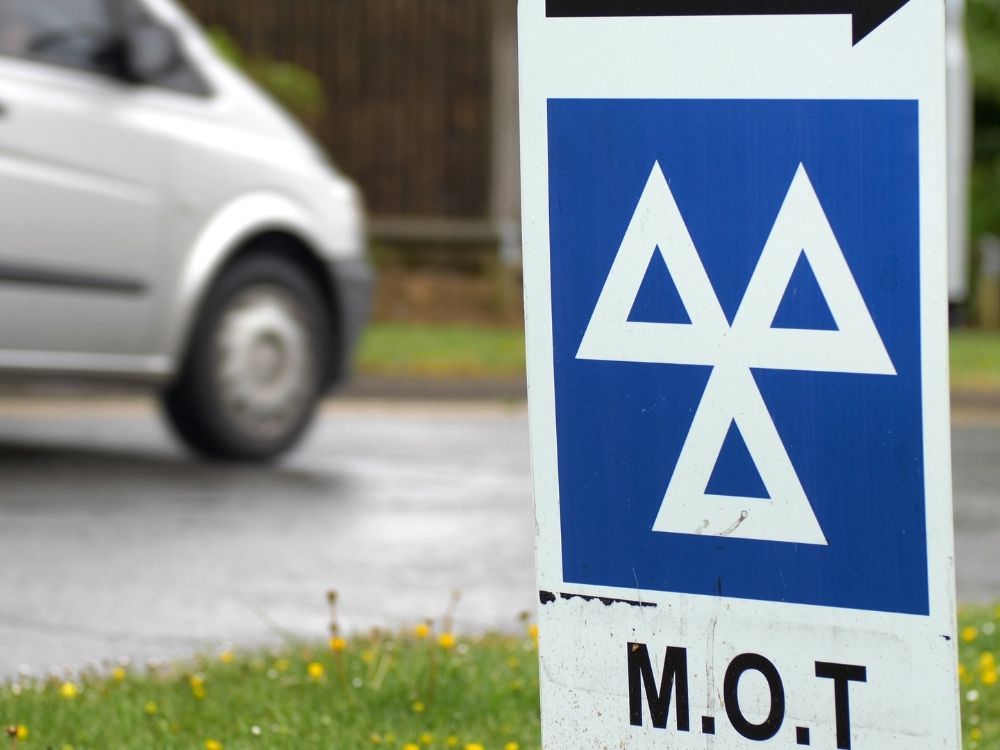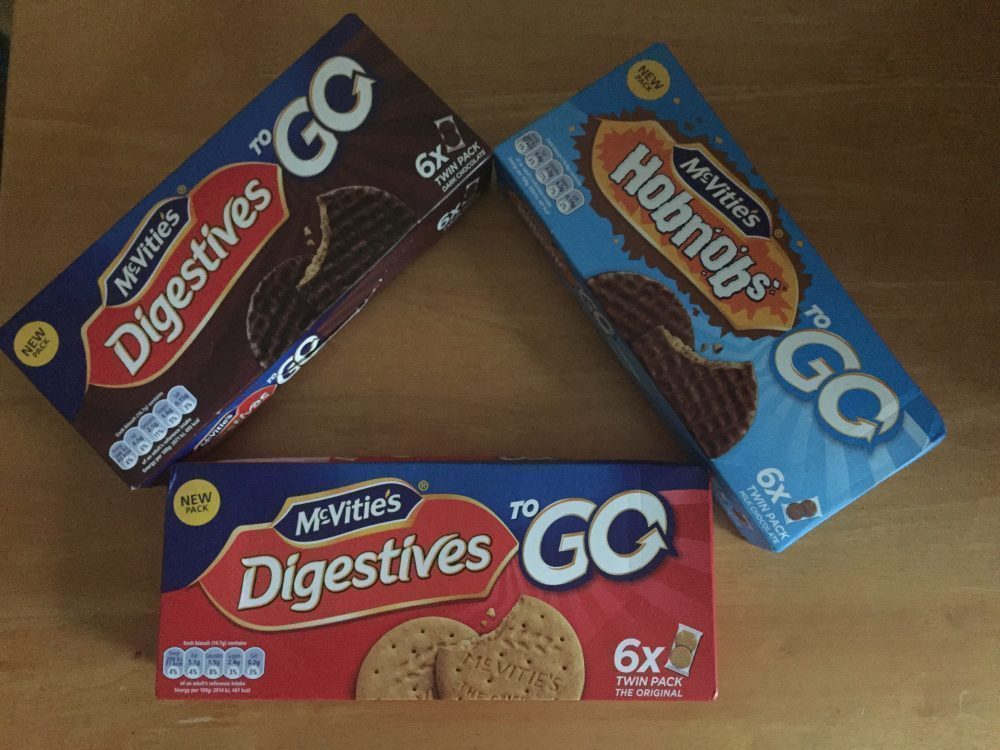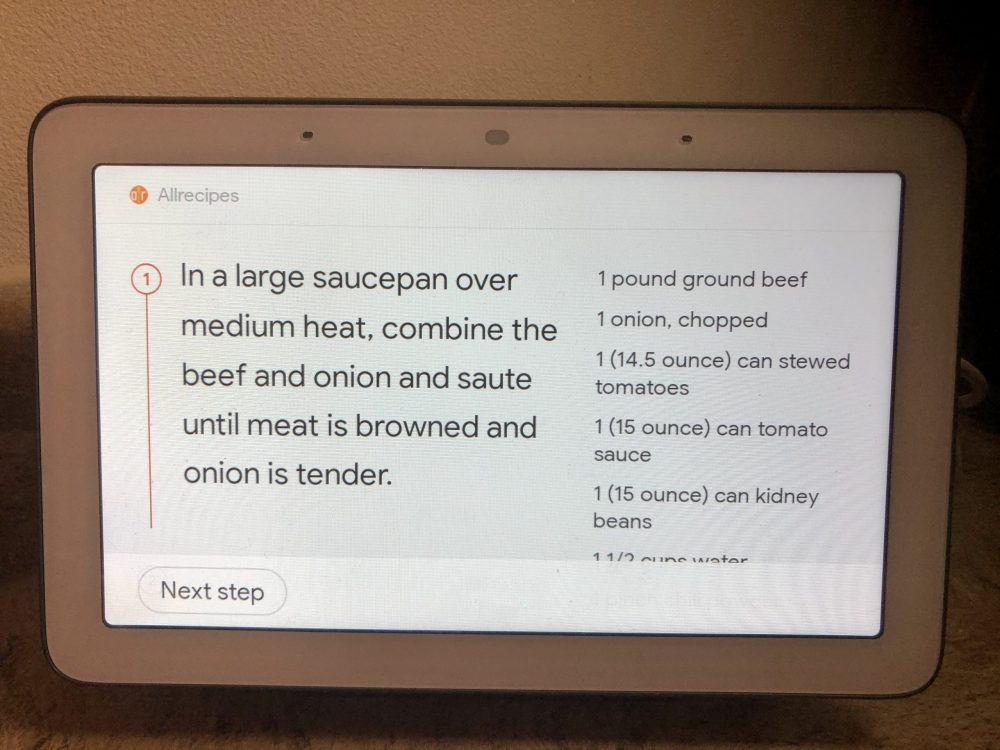
How Roadworthy Is Your Car? Your Ultimate MOT Guide
*This post may contain affiliate links* or products that have been sent to me for review. You can find out more in my Privacy and Cookie Policy*
This is a collaborative post
Roadworthiness really boils down to whether your car can be driven on a public road or not. Your car might turn over successfully and be able to move but this does not mean that it is truly roadworthy. This is because roadworthiness has more to it than the ability of a car to get around. It must also be safe for both its occupants as well as other road users. In the UK, roadworthiness is taken for granted among cars that are under three years of age unless they have been in an accident. For nearly all other vehicles, it is necessary to have their roadworthiness confirmed officially with an MOT inspection. We recommend you to get an MOT test done from Elite Autocentre London today! What roadworthiness checks will be made?

There are dozens of confirmatory checks that take place during an MOT, nearly all of them connected to roadworthiness. They break down into eight different categories, however. One of them is a set of inspections that are conducted on the bodywork and structure of a car to make sure that it is basically strong enough. In addition, a series of tests will be made on the steering and suspension systems. Obviously, if your car cannot be controlled properly, then it cannot be said to be safe to drive on the road.
Another set of checks deals with the driver’s view of the road. This makes sure the windscreen, the wipers and the mirrors of your car are in sufficiently good condition to function properly. Next, your car’s exhaust system and emissions will be checked. The exhaust removes toxic gases so that you are kept safe when driving while emission checks make sure that pedestrians and cyclists aren’t exposed to them either. Another mechanical set of tests will relate to your car’s brakes. Clearly, your brakes need to work properly if your car is to be considered safe to drive on the road.

There are three other categories that your MOT inspection will look into. One is to make sure that the car’s seatbelts are safe which usually means they are not twisted, frayed or degraded. Your car’s electrical systems will also be tested. For example, all of the bulbs and LEDs in your headlamps and brake lights will be checked to make sure they’re up to the required standard. Finally, the wheels and tyres will be inspected. Any that are not up to scratch will result in an MOT failure.





